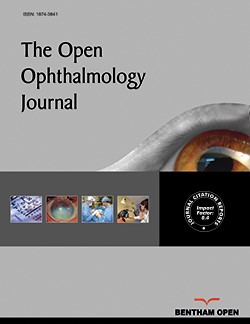All published articles of this journal are available on ScienceDirect.
Visual Performance, Spectacle Independence, Visual disturbances and Patient Satisfaction after Cataract Surgery: Comparison of 2 Diffractive Intraocular Lenses in a Tertiary Hospital
Abstract
Purpose:
This study aimed to compare the clinical outcomes of the AcrySof PanOptix intra-ocular lens and AT LISA tri 839MP trifocal IOL, 6 months after cataract surgery.
Patients and Methods:
This retrospective cohort study evaluated patients who underwent bilateral cataract surgery with diffractive IOL implantation. Patients were divided into two groups based on the IOL model implanted (AcrySof PanOptix IOL; AT LISA tri 839MP trifocal IOL). Study parameters were noted preoperatively (visual acuity only) and 6 months postoperatively. At the 6-month post-operative visit, both eyes were examined for the following: uncorrected distance visual acuity at far (6 m), uncorrected intermediate visual acuities (UIVA) at 80 cm and 60 cm, near uncorrected visual acuity at 40 cm, incidence of posterior capsule opacification, presence of subjective photic phenomena, in addition to a questionnaire assessing the quality of life and visual function.
Results:
Thirty nine patients (78 eyes) with diffractive IOLs (AT LISA, n=23; PanOptix n=16) were included. No statistical significance was found between the lenses. The median power of both implanted lenses was 21. Post-operatively, the AT LISA group showed slightly lower median UIVA than the PanOptix group at 60 cm and the reverse at 80 cm. A larger number of patients in the PanOptix group showed better performance at intermediate activities than in the AT LISA group. Posterior capsule opacification developed in significantly fewer eyes with PanOptix (6.2%) than with AT LISA (17.4%), none had double vision, and the photic phenomena were found troublesome by >20% of the patients in either group. Overall satisfaction was comparably high.
Conclusion:
Both IOLs had similar and favorable visual outcomes. However, PanOptix IOL had better performance at 60 cm in intermediate visual activities.


